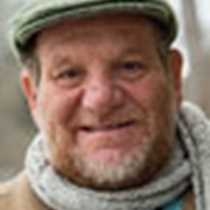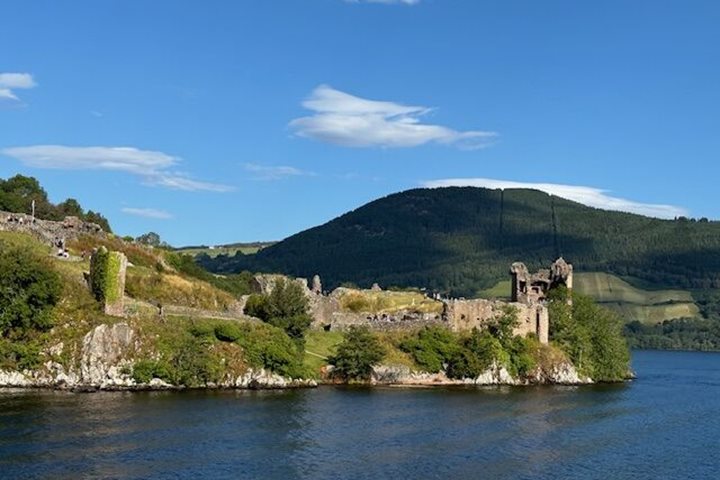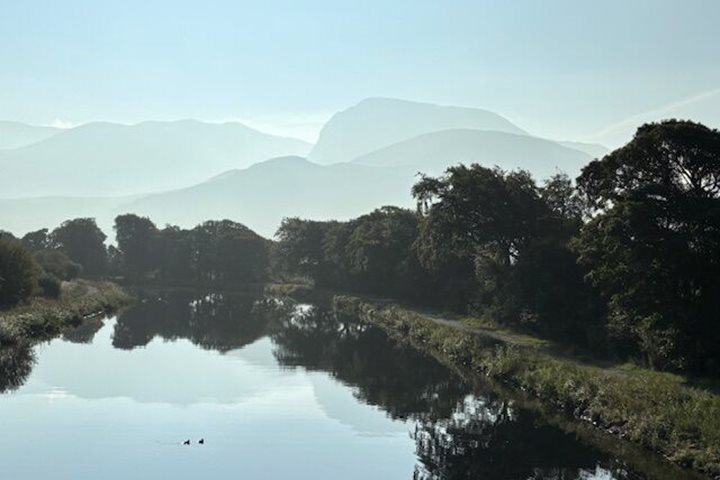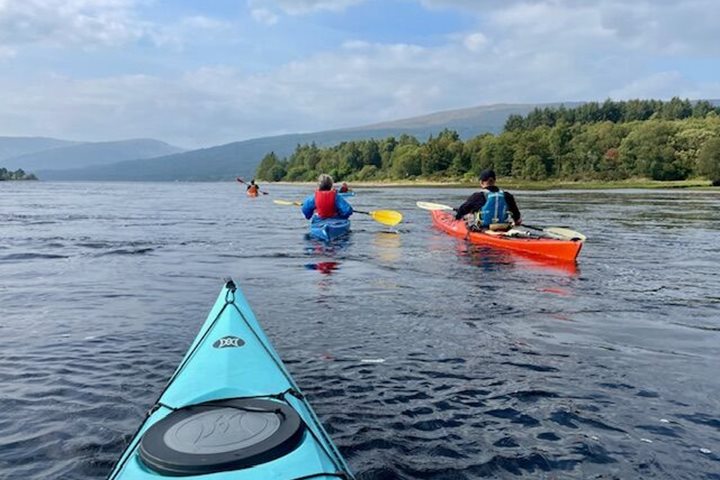As breakfast was in progress we descended the flight of locks at Fort Augustus and set out on our crossing of across Loch Ness, the largest body of inland water in the British Isles. It is deeper than any part of the North Sea between Scotland and Denmark. Midway across the loch is Urquart Castle, strategically situated on a promontory where a Pictish chieftain held sway at the time of Columba. Crossing through the Greta Glen on mission to take Christianity to the pagan lands to the east Columba here found that he needed the help of an interpreter as he moved from the Gaelic world of the Dalriada to the lands of the Picts to the east. It was here that Columba performed a remarkable miracle, bidding an impeding monster to retreat into the depth of the loch, the first recorded sighting of ‘Nessie’ now much in evidence as a souvenir around Loch Ness. The site at Urquart became a Norman stronghold, continuously occupied down the centuries until destroyed by the government so before it fell into the hands of the Jacobites.
Our afternoon was devoted to a visit of the award-winning visitor centre at the site of the final Jacobite defeat at the Battle of Culloden in 1746. This was the last armed civil conflict on British soil. For centuries since the Reformation of the 1530s, a landed gentry class that had benefitted from the confiscation of the monastic estates, supported a Protestant monarchy in the face of any threat of Catholic tendencies. Protestant monarchs had been imported, William of Orange for example, to displace a ‘rightful’ monarch who had Catholic leanings. When the last of the Stuarts, Queen Anne, passed away at the beginning of the 18th century, a new German dynasty was imported from Hanover to preserve the Protestant succession. This was widely resented in Scotland for the Stuart dynasty was in place as of right, was Scottish and parts of Scotland, particularly in the Gaelic-speaking northwest of the country had remained loyal to the Catholic faith. In 1715, when the first Hanoverian king George I arrived in Britain, supporters loyal to James (Jacobus in Latin) rose in a rebellion quickly crushed. When George II came to the throne a second Jacobite rebellion took place from 1745-6 under the romantic leadership of ‘Bonnie’ Prince Charlie. Advised to return home to France on landing in Scotland he is reputed to have replied, “I have arrived home!” His highlander army reached as far south of Derby within striking distance of London before falling back to Scotland the final denouement at Culloden, a desolate area of boggy ground not far from Inverness. Following Culloden, the forces of the Crown determined to rid Scotland of treacherous Catholic Gaels. The Gaelic language and clan system were proscribed, the playing of the bagpipes outlawed, and wholesale forcible eviction and emigration, mainly to the Canadian Maritime provinces ensued, a process known as the Highland Clearances in which an uneconomic people were replaced with more profitable sheep.
The day was rounded off in warm sunshine with a visit to Clava Cairns, a late Neolithic/early Bronze Age site consisting of chambered cairns and megalithic stone circles.









